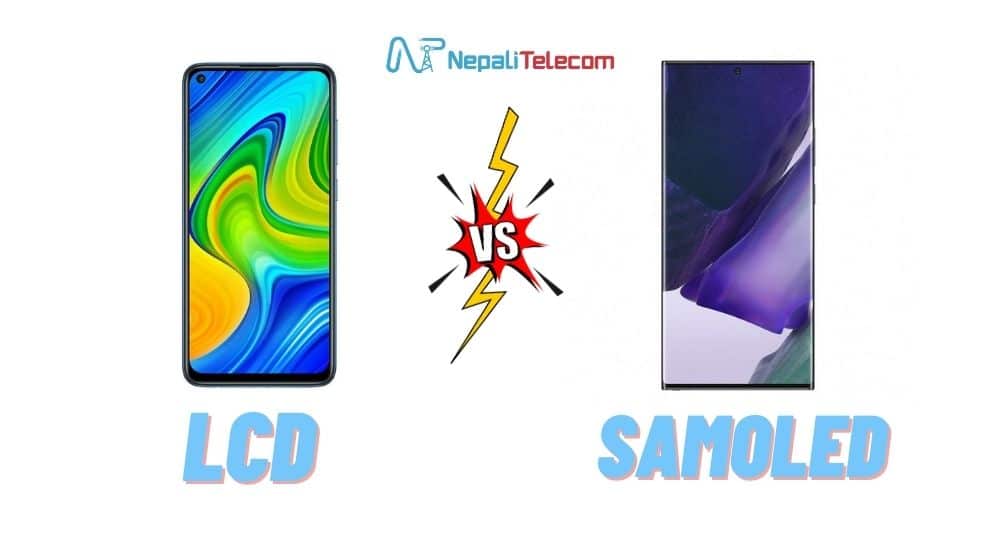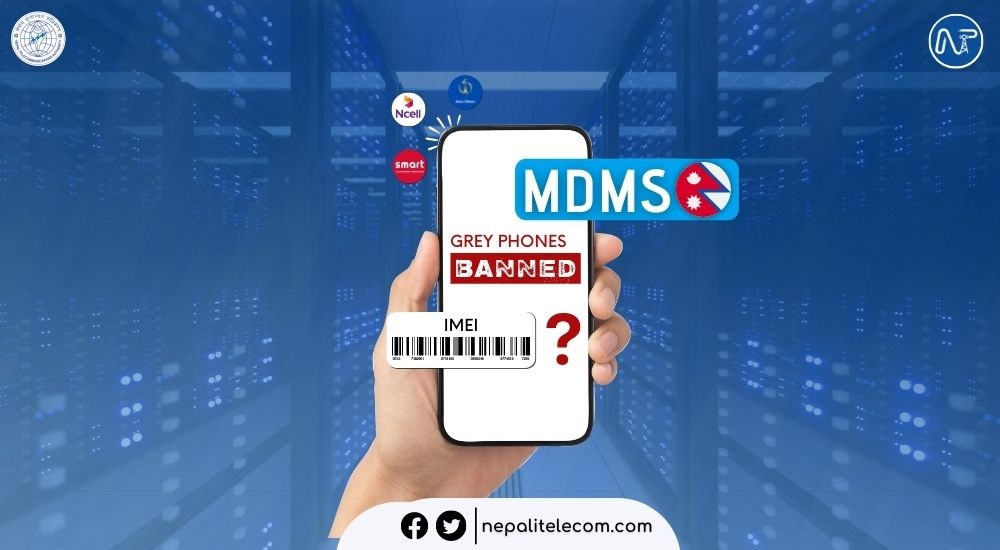If displays wouldn’t have been invented then smartphones would have never existed. However, many kinds of displays were developed as time gone by and technology grew on a high pace scale. We will talk about LCD Vs Super AMOLED Display in this article. We will compare all of these displays and choose the winner. Find the winner below.
The display is the main foremost main component in a smartphone. It is responsible for the most vital role which is to make interactions between user and smartphone. Currently, there are various types of displays but two displays are mostly used widely. LCD and Super AMOLED are the ones we are talking about. The LCD display is mostly used in budget and mid-range phones whereas Super AMOLED is used from Mid-range to Premium Flagship phones. Let’s learn more about them comprehensively.
Don’t Miss Out: Make Your Phone Faster With these Simple Tricks
LCD VS Super AMOLED: Overview
Before diving straight towards the differences between these display technologies, let’s first know about them. Each display has its own pros and cons as well as uses. Well, let’s have a look and find out.
LCD Display
LD basically means Liquid Crystal Display. Therefore, it relies on a backing as the display’s sole light source. However, multiple backlights can be used on a single display for lower power consumption. But this technique is only used in a larger display such as one’s own TV and large-sized devices.
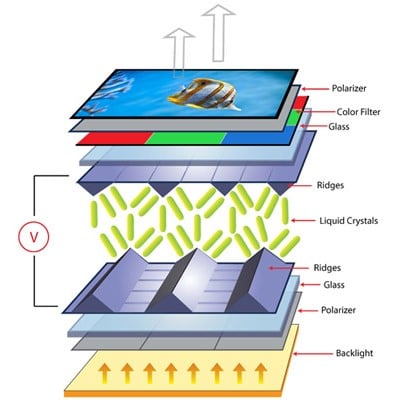
Most LCD displays depend on the blue LED backlight. This blue LED backlight is then filtered through a yellow phosphor coating and produces a pseudo white light. Moreover, pseudo white light is a combination of all other visible colors in the spectrum. After this, the liquid crystal element filters this pseudo white light into different colors.
Furthermore, there many many kinds of LCD display out there in the market that are used in smartphones to computers and TV. However, when it comes down to smartphones, two LCD displays are cherished more. TFT LCD, as well as IPS LCD, are the ones.
TFT LCD displays are with larger sheets of transistors that are each controlled independently. Similarly, it’s an active-matric display and each of its pixels is illuminated individually. Therefore, it’s sharper, brighter, and refreshes more quickly than a normal LCD display. However, it’s more expensive and has more power consumption.
Talking out IPS LCD displays, it is renowned as the best overall LCD display. Its image quality, viewing angles, and vibrant color reproduction are much higher than any other LCD display’s. However, its price tag is also higher and is used mostly by graphic designers and gamers.
Super AMOLED Display
Before talking about Super AMOLED let’s talk about OLED and AMOLED displays. The key component of these displays is Light Emitting Diode or LED to say in simple words.
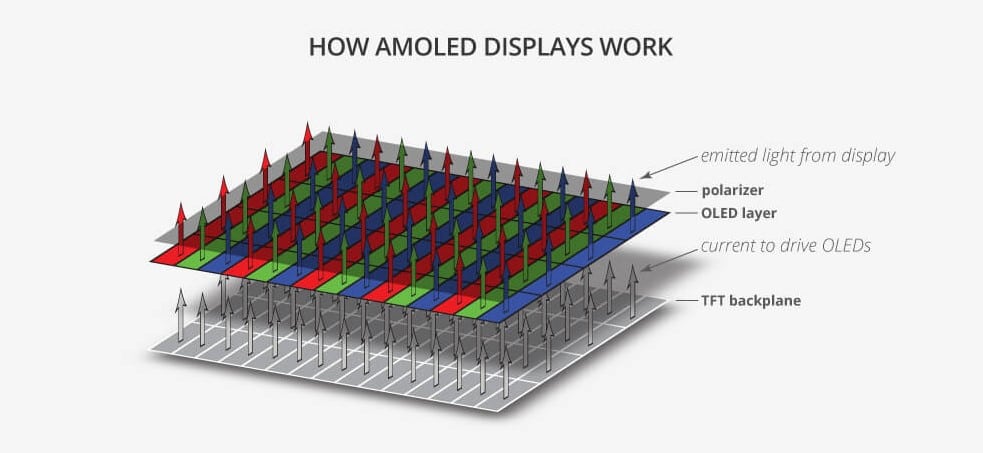
These LEDs are shrunk down dramatically to be arranged in red, green as well as blue clusters. Therefore, it creates individual pixels that are able to reproduce white light as well as various colors such as red, green, and blue. This arrangement of sub-pixels results in superior image quality.
Adding O that refers to Organic into the display makes it OLED. OLED displays are mostly used in Apple Devices. In this display, many thin organic material films are put between two conductors in each LED. When current is applied, these LED produces light.
Standard OLED has Passive Matrix but replacing it with Active Matrix (AM) makes it an AMOLED display. A Thin Film Transistor (TFT), as well as a capacitor to each LED, is added to this system. Therefore, when a row and column are activated to access a pixel, the capacitor at the right pixel retains its charge in between refreshing cycles. Furthermore, it also allows for faster as well as more precise control.
AMOLED are superior to OLED but Super AMOLED is superior to AMOLED. Super AMOLED is basically an upgraded version of AMOLED display. It is more advanced as well as integrates touch-sensors and the actual screen in a single layer. Likewise, it is 20 percent brighter, 20 percent low power consumption as well as reflects 80 percent less sunlight than a standard AMOLED panel.
Don’t Miss Out: Samsung Galaxy S21 Ultra Vs iPhone 12 Pro Max
LCD VS Super AMOLED: Comparison
Before comparing, let’s look at Pros and Cons of both of these display technologies.
Pros and Cons of LCD Display:
| Pros | Cons |
| Whites are Bright | Doesn’t achieve deep blacks |
| Accurate True to Life Colors | Aren’t flexible |
| Reliable | Thick in size |
| Great Viewing Angles | |
| Inexpensive |
LCD display’s use of backlight produces bright whites and Accurate True Life Colors. The technology has been using for a long time now and is reliable than any other display’s out there. Furthermore, the IPS LCD display offers 178 degrees of view without any color shifting or color distortion. It’s also not that much expensive and is affordable.
However, it has downsides. It can never achieve True Black or Deep Black because of backlight and isn’t flexible. It is also thick in size because of the backlight behind it.
Pros and Cons of Super AMOLED Display:
| Pros | Cons |
| Vivid Colors reproduction | Costs a bit |
| Achieves True Black | Less Durable |
| Energy Efficient | |
| Flexible |
Super AMOLED display produces vivid colors and also achieves True Black. Similarly, it’s more energy-efficient and flexible. Therefore, because of its flexible manner, curved display phones, as well as folding phones like Galaxy Fold Z2 and Huawei Mate X, were possible. It will also be the reason behind Under-display camera phones.
This doesn’t mean Super AMOLED has no drawbacks. Well, it costs a bit and is less durable.
Comparing LCD VS Super AMOLED
| LCD | Super AMOLED |
| Doesn’t Achieves True Black | Achieves True Black |
| Not that energy efficient | Energy Efficient |
| Aren’t Flexible | Flexible, Curve able, Foldable |
| Reliable | Less Durable |
| Affordable | Costs a bit |
| Accurate True to Life Colors | Most Vivid Colors than LCD |
| Less Sunlight Reflection | More Less Sunlight Reflection |
| Thick in Size | Thin in Size |
Normally, an AMOLED display consumes less power, produces the most vivid colors as well as renders motion response faster when compared to the LCD display.
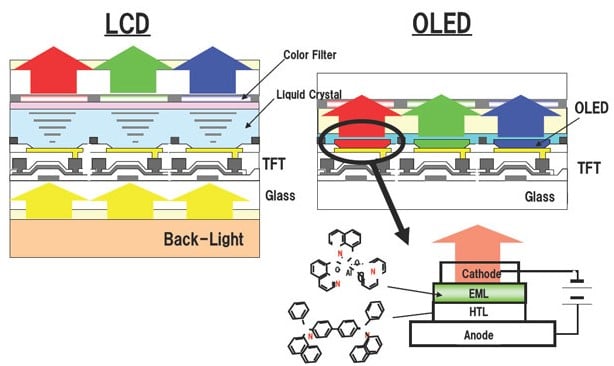
However, Super AMOLED does it even better and has a 20 percent brighter screen, 20 percent lower power consumption, and 80 percent less sunlight reflection. It also achieves True Black and is flexible which both LCD lacks.
However, LCD display costs less and is more reliable than Super AMOLED display. LCD has been in the game ever since. But it needs a backlight behind it which makes its size thicker whereas Super AMOLED is thin. Well, every good aspect of Super AMOLED rises at the top leaving LCD behind.
Conclusion
Super AMOLED’s quality and benefits make it the better choice to go for. No wonder why big companies turn towards Super AMOLED whilst manufacturing a flagship or best value-for-money smartphone. This doesn’t mean LCD is not usable, it surely has its own benefits and uses that Super AMOLED lacks.
However, display technologies are being developed by many companies and it won’t be long that new display technology will rise even better than Super AMOLED. Virtual retinal display technology, invisible selfie camera display could be some of the upcoming ones. Samsung working on a new display might be the ones that will rule the future of displays for smartphones.


